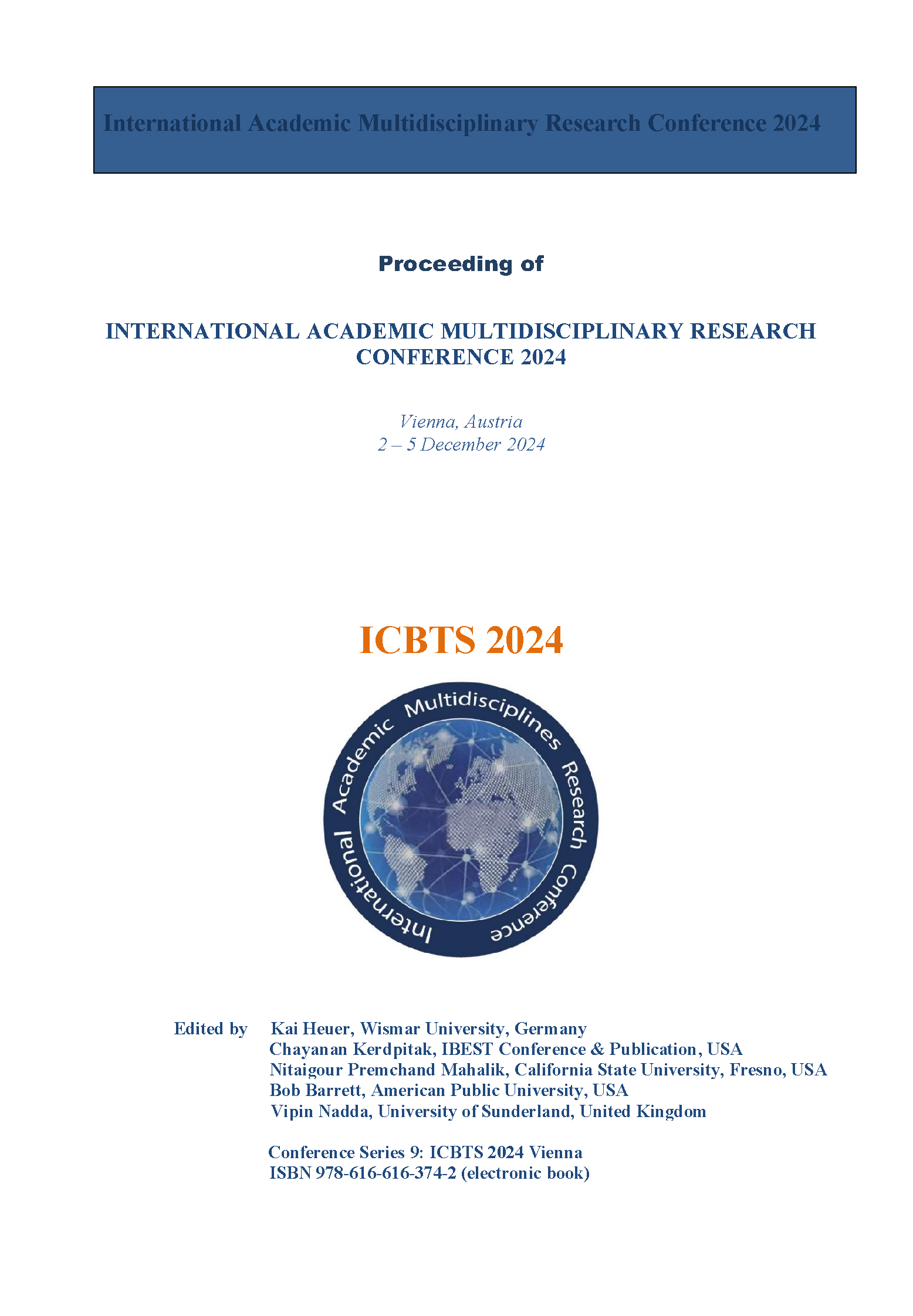Innovative Management of Chinese Language in Thailand Education Systems Benchmark with Singapore Practices
Abstract
The Chinese language is currently the second most popular language in Thailand. With increased communication and business interaction with China, Chinese has become one of the most widely used languages globally. Chinese teaching in Thailand dates back many centuries, to the period of significant Chinese immigration, when immigrants brought their rich cultural heritage, including the Chinese language. Many studies have found that teachers are one of the main factors influencing Thai students' satisfaction or dissatisfaction with their Chinese language performance. In addition to teachers, other important factors include students, textbooks, curriculum design and implementation, evaluation methods, and support systems. This study uses Singapore's education system and the success of students in learning Chinese as a benchmark for analyzing and clarifying the challenges that arise in Chinese language education for Thai SSRU (Suan Sunandha Rajabhat University) students. It explores various aspects of teaching, teaching materials, and curriculum design that may aid the progress of Chinese learners. The study also examines the role of students in the psychological aspects of knowledge acquisition—both in terms of belief systems and language learning—and the potential for Singapore's model to enhance Chinese learning in Thailand. By analyzing students' test scores and self-evaluations, the study investigates the interrelationship between language proficiency and personal beliefs. The goal is to help learners overcome difficulties in learning Chinese and to prepare Thailand for the anticipated increase in Chinese tourists after the pandemic, thus contributing to the Ministry of Education's (MOE) lifelong bilingual education goals and creating value for Thailand's tourism development through the implementation of training programs and an appropriate education system.


